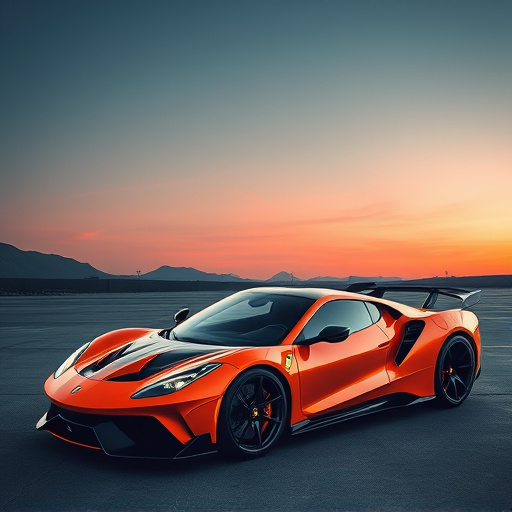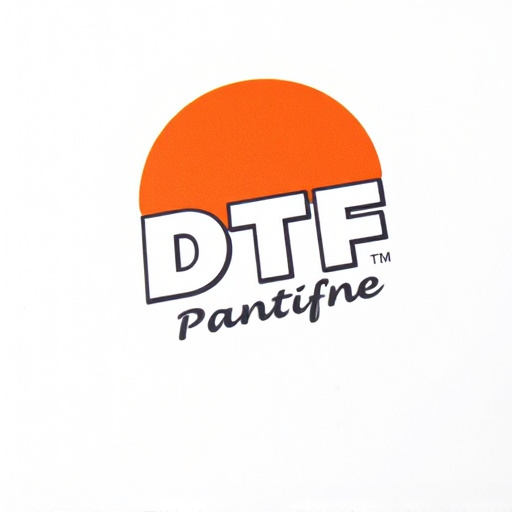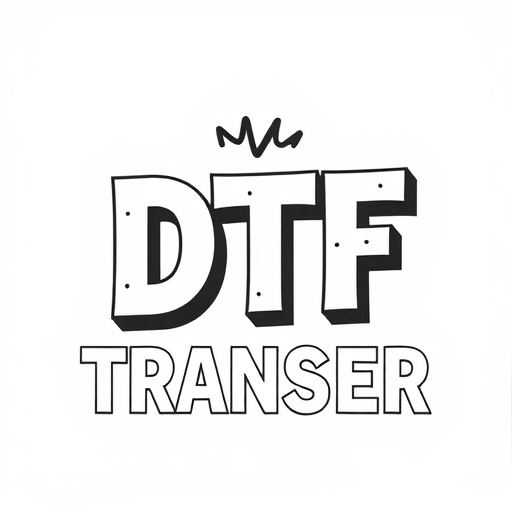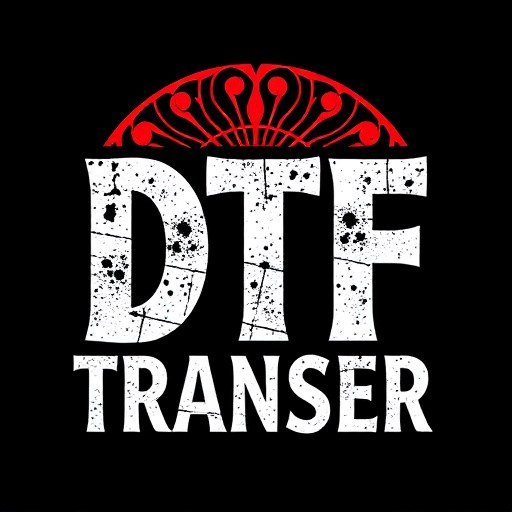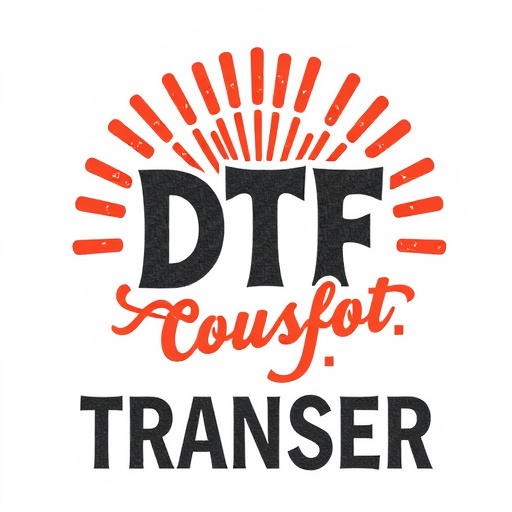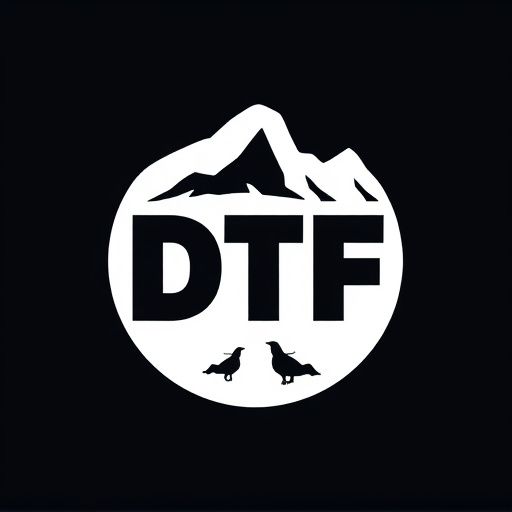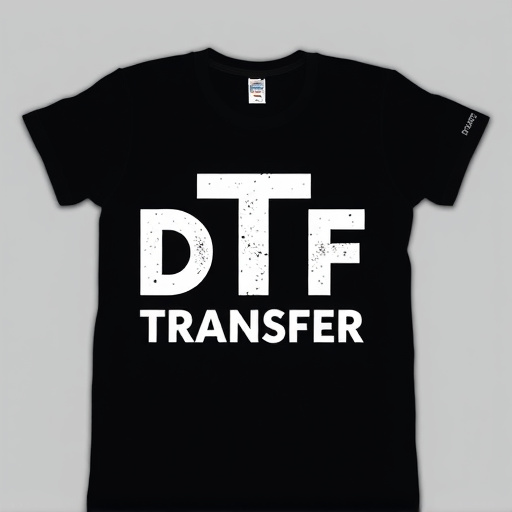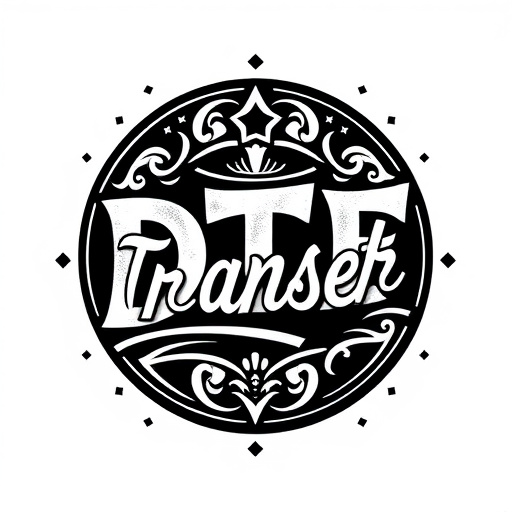Direct-to-Film (DTF) prints are a cutting-edge, cost-efficient way to preserve memories or create unique art. Using advanced printing tech, DTF directly transfers images onto various media, eliminating traditional ink and paper costs. Ideal for photos, illustrations, and fine art, DTF offers vibrant colors, crisp details, and durability. Customizable, fast, and versatile, it's a game-changer in print, with affordable services from providers like Printify, Printful, and Gooten catering to small businesses and individuals. Selecting the right material, comparing prices, optimizing resolution, and understanding ink types can maximize quality while minimizing costs, making DTF prints an accessible solution for diverse applications.
Looking to bring your creative visions to life without breaking the bank? Direct-to-film (DTF) prints offer an affordable and high-quality alternative to traditional printing methods. This article explores the benefits of DTF over conventional techniques, delving into budget-friendly services that cater to cost-conscious buyers. We’ll guide you through choosing the right materials, optimizing costs without sacrificing quality, and real-world applications—all while shedding light on the cost-effectiveness of DTF prints.
- Understanding Direct-to-Film (DTF) Prints: A Cost-Effective Solution
- Benefits of DTF Over Traditional Printing Methods
- Budget-Friendly DTF Print Services: Who Offers What
- Choosing the Right Material for Your Project
- Tips to Optimize Costs and Quality Without Compromising
- Real-World Applications: Success Stories from Budget-Conscious Buyers
Understanding Direct-to-Film (DTF) Prints: A Cost-Effective Solution
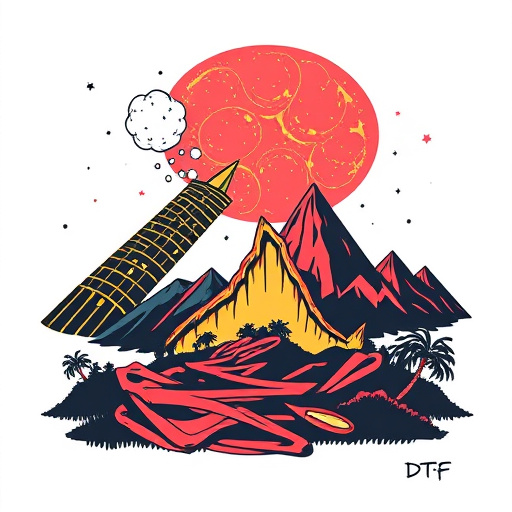
Direct-to-Film (DTF) prints are a game-changer for budget-conscious buyers looking to preserve their cherished memories or create unique art pieces without breaking the bank. This cost-effective solution involves transferring images directly onto various media, such as canvas, metal, or even wood, using advanced printing technologies. Unlike traditional printing methods that rely on ink and paper, DTF prints eliminate the need for intermediate steps, reducing production costs significantly.
By skipping the ink and paper expenses, DTF Prints offer a more affordable alternative for high-quality imaging. Whether you’re looking to print photos, illustrations, or even fine art, this method allows for vibrant colors, crisp details, and exceptional durability. Additionally, DTF prints can be easily customized and personalized, making them perfect for individuals seeking one-of-a-kind creations without compromising on quality or budget.
Benefits of DTF Over Traditional Printing Methods
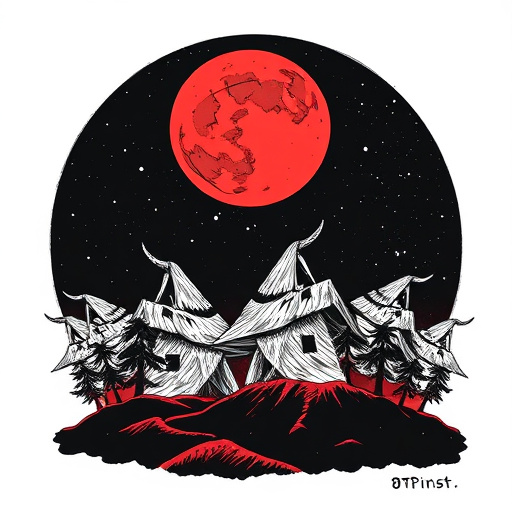
Direct-to-film (DTF) printing offers several advantages over conventional printing methods, making it an attractive option for budget-conscious buyers seeking high-quality results. One significant benefit is its efficiency and speed. DTF technology allows for direct application of ink onto various materials, eliminating the need for intermediate steps like film positives or plate preparation. This streamlines the production process, reducing turnaround time significantly.
Moreover, DTF prints provide exceptional versatility in terms of material types and finishes. It can be used on a wide range of surfaces, from traditional paper to canvas, metal, and even glass, opening up a world of creative possibilities. The technology also ensures superior image quality, vibrant colors, and precise detail reproduction. With its cost-effectiveness and adaptability, DTF printing is revolutionizing the way businesses and individuals approach custom printing, making it an excellent choice for those looking to maximize their budget without compromising on quality.
Budget-Friendly DTF Print Services: Who Offers What
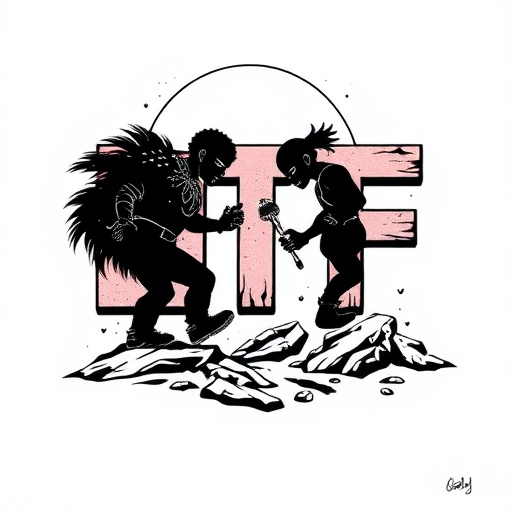
Many budget-conscious buyers are looking for affordable direct-to-film (DTF) print services, and the market offers several options tailored to their needs. Some popular providers specializing in DTF prints include companies like Printify, Printful, and Gooten. These businesses provide a wide range of products that can be customized with designs, making them ideal for small businesses, entrepreneurs, and individuals seeking cost-effective solutions.
Printify, for instance, stands out for its user-friendly platform, allowing customers to upload their artwork and choose from various products, including t-shirts, mugs, and phone cases. Printful also offers a dropshipping model, simplifying the process for online sellers. Gooten is another player in this space, known for its quick turnaround times and competitive pricing, making it an attractive choice for those seeking swift production without compromising on quality or affordability.
Choosing the Right Material for Your Project

When creating a direct-to-film (DTF) print, selecting the suitable material is key to achieving optimal results and enhancing your project’s visual appeal. The choice of material depends on various factors, including the intended use, desired aesthetics, and budget constraints. For budget-conscious buyers, cost-effective options like vinyl or polycarbonate films are excellent choices for DTF prints. Vinyl offers a wide range of colors and finishes, from glossy to matte, providing versatility in creating eye-catching designs. Polycarbonate, known for its durability and impact resistance, is ideal for applications that require longevity and protection against scratches.
Additionally, considering the print quality desired and the final presentation will guide your material selection. Higher-resolution prints may benefit from more advanced materials that support intricate details and vibrant colors. Meanwhile, simpler designs or those meant for temporary displays can often be achieved effectively with standard vinyl films. Remember, understanding your project’s requirements will ensure you choose the right DTF printing material, balancing cost and quality to suit your needs.
Tips to Optimize Costs and Quality Without Compromising

To optimize costs with DTF Prints while maintaining quality, consider a few strategic moves. First, compare prices across multiple providers; pricing can vary significantly, and discounts for larger quantities are often available. Second, choose the right resolution based on your intended use; higher resolutions are more expensive but ensure sharper details, so only pay for what you need. Next, opt for standard sizes to avoid unnecessary markups for custom or oversized prints. Additionally, consider the type of ink used; some providers offer cost-effective options without sacrificing too much quality. Lastly, review the file format and printing profile recommended by the service; using the correct settings can help prevent unnecessary expenses.
Real-World Applications: Success Stories from Budget-Conscious Buyers
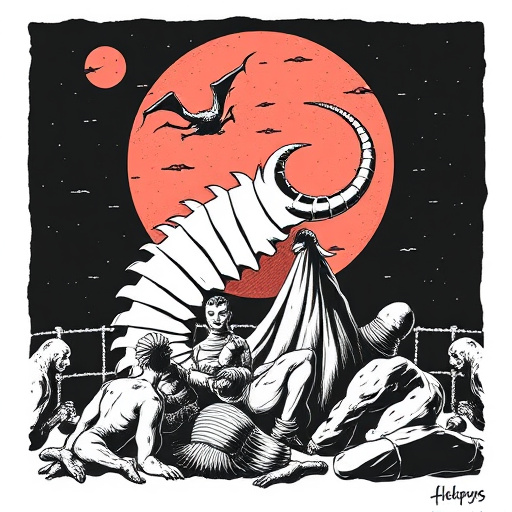
Many budget-conscious buyers have successfully utilized direct-to-film (DTF) prints for various real-world applications, showcasing the option’s affordability and versatility. From small businesses creating promotional materials to artists offering limited-edition prints, DTF technology has enabled cost-effective solutions without compromising quality. These buyers have found that DTF printing is an excellent choice for short-run projects or unique, personalized items, allowing them to stay within their budget while achieving high-quality outcomes.
For instance, a local café owner used DTF printing to design and produce custom mugs with intricate graphics, targeting specific customer segments. Similarly, an independent artist created a series of exclusive art prints, selling them online at a fraction of the cost compared to traditional printing methods. These success stories highlight how budget-friendly DTF Prints can be, empowering individuals and businesses to bring their creative visions to life without breaking the bank.






